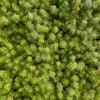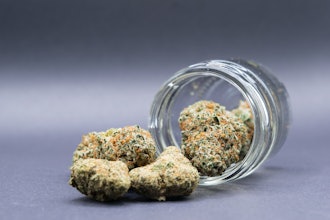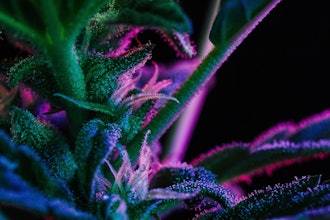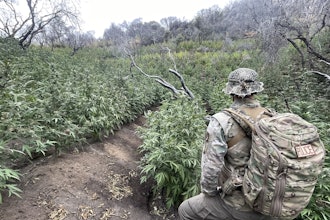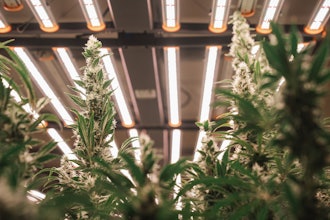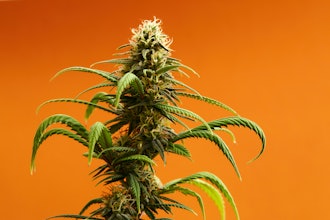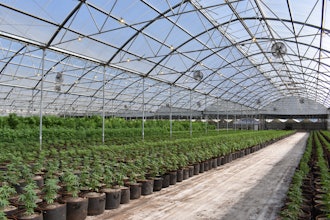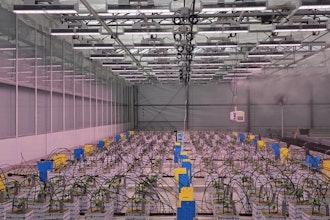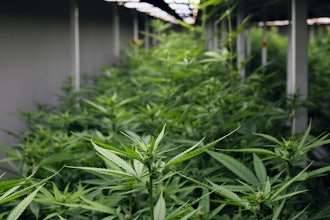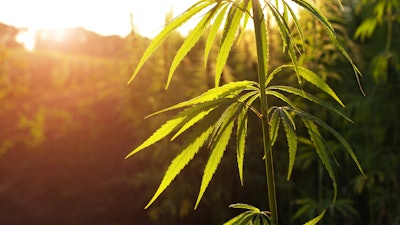
Whitney Economics (WE), a cannabis and hemp business consulting, data, and economic research firm, today announced it has revised its hemp grain and fiber forecast for 2030 to 1.0 million acres, down 82% from its previous forecast. This is the equivalent to nearly $3.1 billion in lower revenues projected for U.S. hemp farmers, based on output and pricing data published by the USDA.
"Our original forecast assumed that policy related to hemp for animal feed would be farther along than they are currently with the FDA," Whitney said. "In addition, legislatures and cannabis regulators are so focused on re-criminalizing hemp while imposing restrictions on even non-intoxicating products, there is little appetite for hemp investment or the development of infrastructure to support the hemp sector."
One investor interviewed by Whitney Economics said: "When the laws are changing seemingly every week from state to state, I do not know what is legal versus what is not." Cannabinoid policies are also impacting the growth in the grain and fiber sectors.
The Oregon-based economics research firm states that recent recommendations to limit the parts per million of both THC and CBD in animal feeds, combined with regulatory uncertainty caused by changes to hemp-derived cannabinoid laws, have resulted in greater uncertainty in the overall market. Whitney also factored the lack of progress on infrastructural development into its forecast. Both have precipitated a general pull-back among investors in hemp; without investment and infrastructure, farmers are not participating in a way that would justify a higher forecast.
Whitney said that investors and operators are taking a "wait and see" approach in terms of what the U.S. Farm Bill will contain. With the FDA now setting very low limits on THC and CBD for animal feed, essentially defining THC and CBD as more toxic than arsenic, cadmium and lead, it is not clear how this will affect farmers and processors of hemp grains, or if those limits will also be later extended to hemp grains for human consumption.
"The attempt to provide clarity on animal feed by setting tight limits may have resulted in more uncertainty, not less," Whitney said. "While some operators think that the newly adopted limits in animal feed will help farmers, others are not convinced. Regardless, when we examined both the micro and macro environment, it was clear that the demand for future acres for hemp fiber and grains will be muted."


